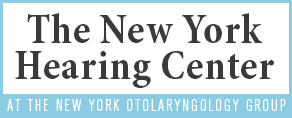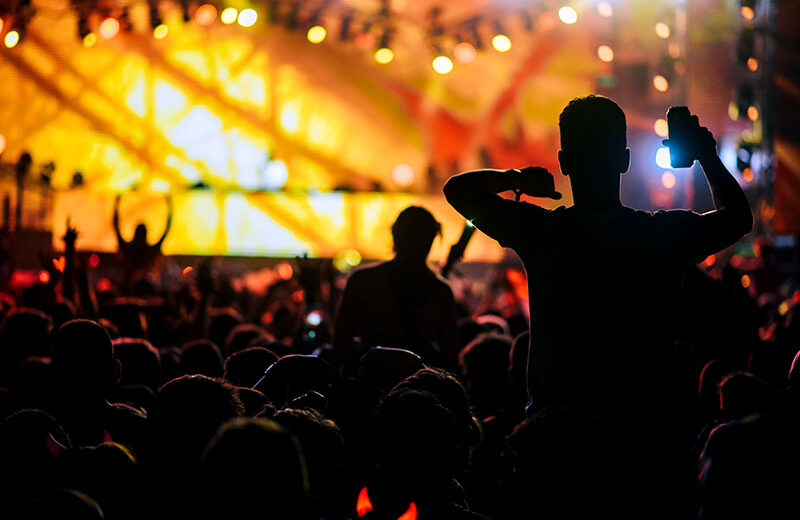When considering noise this summer, it’s easy to notice the loud sounds most apparent, such as music blasting through headphones, construction tools running, or a car honking. However, many summer activities can produce loud and potentially harmful noise that may take time to be noticeable. According to the National Institute for Occupational Safety and Health, exposure to 85 dBA for more than eight hours is the maximum safe limit. While daily noises are unlikely to cause immediate harm, exposure to 110 dBA can cause hearing damage in just one minute and 29 seconds. For example, traffic noise with car windows open can register at 99dB. Compared to the rest of the year, the summer is a blowout for noise that can damage hearing. It’s important to protect your hearing to prevent damage or loss. Even small changes can make a big difference over time. In this article, we will cover the most dangerous sounds and the steps you can take to protect your hearing against hazardous summer sounds all season long.
Hazardous Summer Sounds: How to Protect Your Hearing
Whenever I hear someone in my neighborhood using a leaf blower or mower, I wonder if they are wearing proper hearing protection. More often than not, they are not, and it pains me to see them experiencing noise-induced hearing loss in real time. Most people are unaware of how hazardous sound can be, especially during the summer. That being said, it’s best to be prepared with earplugs for these common and potentially harmful seasonal sounds:
Fireworks: 162 dB
Airplane take off: 140 dB
Car Stereo: 125 dB
Music Concert: 110-120 dB
Convertible /Motorcycle: 95-110 dB
Heavy traffic /Construction: 85 dB
If you are unsure what 100db sounds like, you can download a sound meter app on your phone for assistance. Alternatively, a quick rule of thumb is if you and your friends have to shout to hear each other speak over the music, it is likely causing damage to your hearing. Here are the best ways to protect your hearing:
Keep Hearing Protection Readily Available
It’s always a good idea to have an extra set of earplugs on hand in case you find yourself in a noisy environment.
Consider Wearing Noise-Canceling Headphones
If you plan to enter a noisy environment like a crowded bus or an airplane, consider using noise-canceling headphones. This will allow you to enjoy your music at a reasonable volume without any disturbances.
Remember to Follow the 60/60 Rule
It’s important to remember the 60/60 rule when using headphones with a device. This means keeping the volume at 60 percent while listening to music with headphones for no more than 60 minutes per day. This rule applies even if you are streaming music through your hearing aids. Following this rule, you can protect your hearing and enjoy your music safely.





